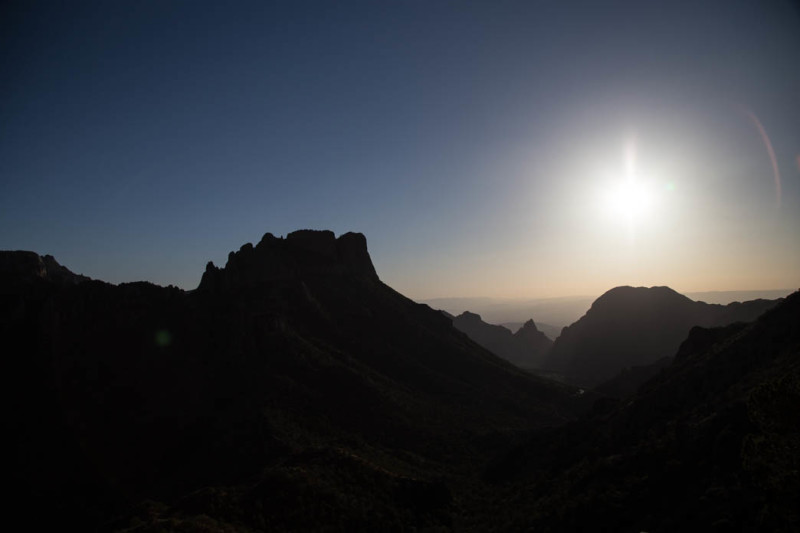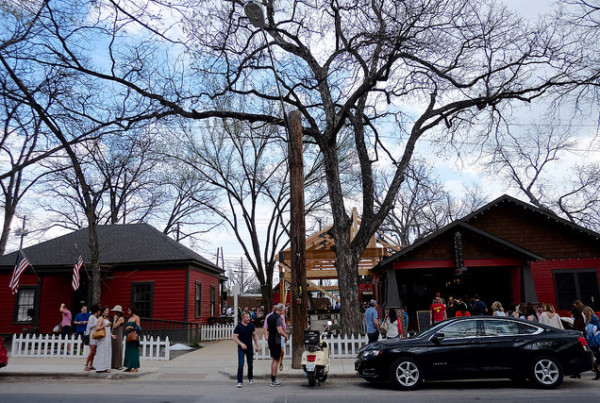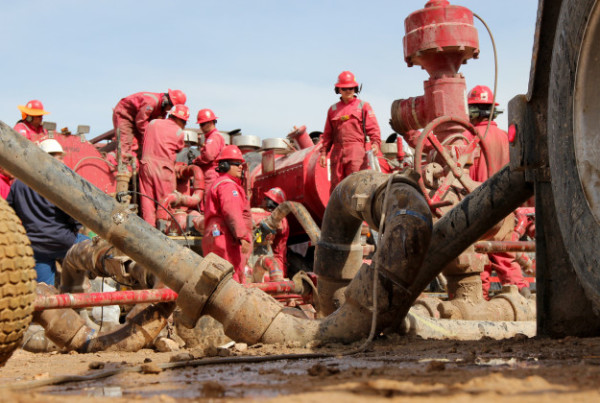This year marks the National Parks Service’s centennial year. The first, and biggest national park in Texas is one of our crown jewels: Big Bend in West Texas.
The park is the largest protected area of the Chihuahuan Desert in the nation, and one of the more diverse parks in the state. There are thousands of species of plants and animals. There are rivers, canyons, mountains and desert all waiting for visitors to explore.
It’s hard to imagine, but once upon a time this majestic national treasure was just someone’s backyard.
Neel Baumgardner, professor at the University of Texas at San Antonio, says the area was populated with Texas ranchers in the 19th and 20th centuries.
The Texas legislature established the Texas Canyons State Park in the area and later that year it was renamed as Big Bend State Park. In 1935, the U.S. Congress passed legislation to acquire the land for a national park.
The legislature started acquiring more land from ranchers in 1941, allocating $1.5 million to buy up parcels that were then deeded to the federal government. During the forming of the park, Texas was in a drought and the nation was in the midst of the depression. Land was going for $1 to $2 per acre.
The park as we know it today opened in June of 1944, Baumgardner says.
















